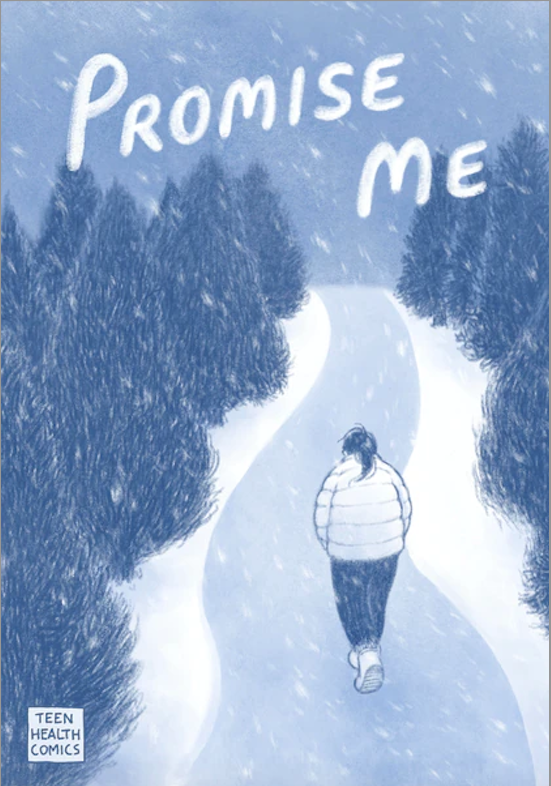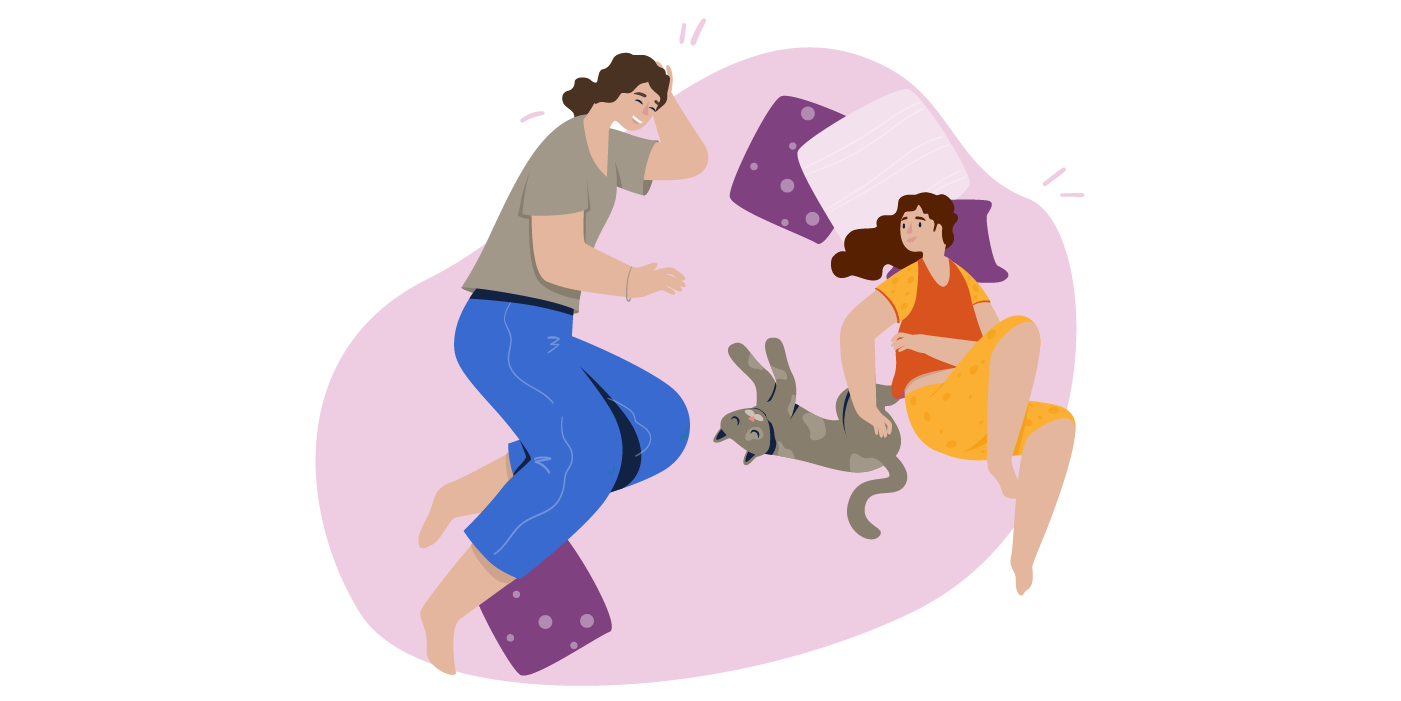Profile of High-Risk Kids and Teen Mental Health
![]() Under the direction of Dr. Ramsey Khasho, CHC staff members and other expert contributors provide answers to questions about the serious issue of teen anxiety and depression in our community.
Under the direction of Dr. Ramsey Khasho, CHC staff members and other expert contributors provide answers to questions about the serious issue of teen anxiety and depression in our community.
“Profile of High Risk Kids” explores the factors that can increase the likelihood that a teen will have depression.
Profile of High-Risk Kids
1. Is there a profile of a teen who is at risk or suffering from depression?
A variety of factors can increase the likelihood that a teen will have depression, but there is no true profile that has a high likelihood of predicting who will or will not have a depressive episode. A strong family history of depression certainly increases the risk, especially if other family members also became depressed during adolescence. Loss of a parent, especially the mother, before age 11 also increases risk for developing depression. Some individuals have a temperamental style that causes them from early on to notice and react to bad or unpleasant situations more than others, and they too are more prone to depression as adolescents. A condition called dysthymia or persistent depressive disorder—irritable or depressed mood with a few signs of depression such as sleep problems or decreased energy—during elementary years has about a 50% chance of going on to full-blown depression over time. However, many individuals with any one or several of these conditions make it through the teen years just fine; and, many who have depression do not have any of these risk factors.
2. Can you discuss the differing symptoms and signs boys and girls display when they are anxious or depressed?
Boys and girls frequently present differently with respect to anxiety and depression, but they also have a lot of overlapping symptoms. Broadly, boys are less likely to talk about feelings in general, including depression, so tend to keep their mood to themselves and demonstrate a problem with irritability and withdrawal; in contrast, girls often are more verbal and expressive about feelings so may tend to share especially with peers and sometimes with adults their depression and irritation with life. Symptoms such as changes in sleep and appetite are pretty similar for both genders, as are signs such as decreased interest in outside activities, worsening ability to concentrate, and social isolation. Traditionally, girls are much more likely than boys (3:1) to make non-life-threatening suicidal gestures such as taking a small quantity of pills or making shallow cuts on their wrists, whereas boys are far more likely than girls (3:1) to actually complete a suicide; however, this has been changing somewhat over the past 10 years or so, with girls being a bit more likely than they once were to use higher lethality methods of self harm.
Other posts in this series:
Teen Mental Health Q&A Introduction
Environment vs. Biology
Middle School Kids Ages 10-12 and Younger
Redefining Success
The Role of Social Media
How Schools Can Help
How Parents Can Help
How Peers Can Help
Other Concerns






